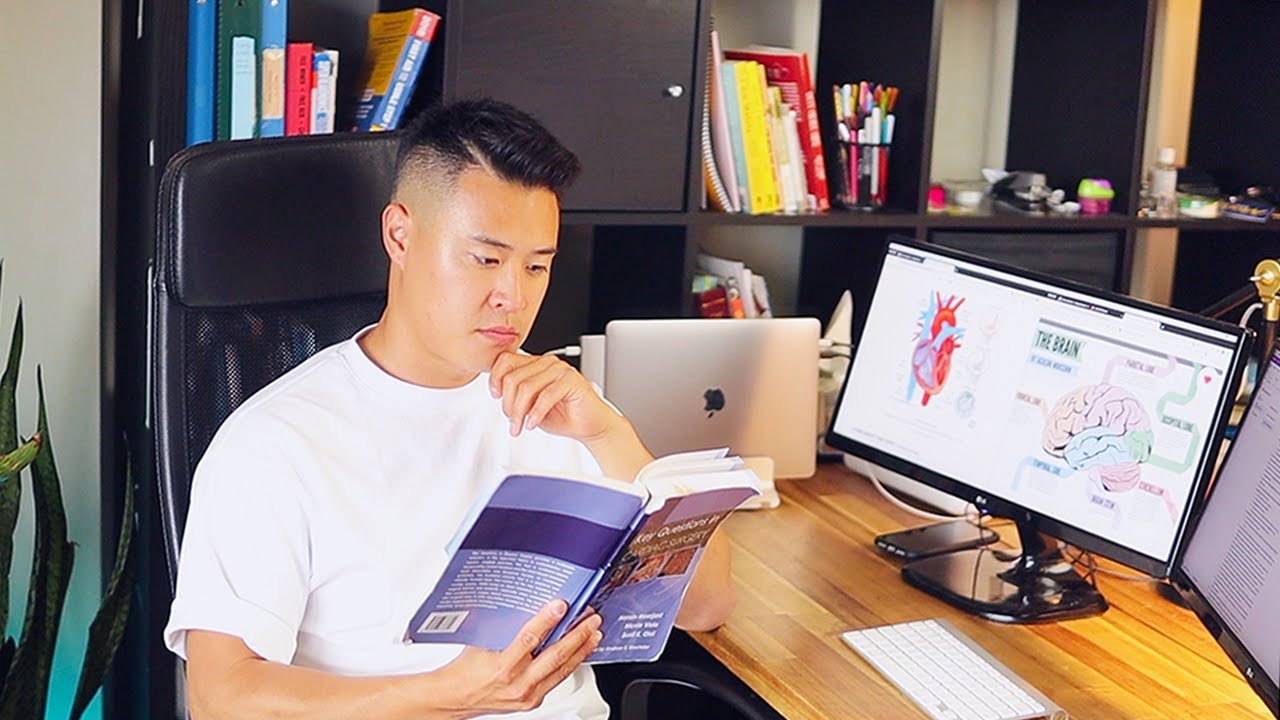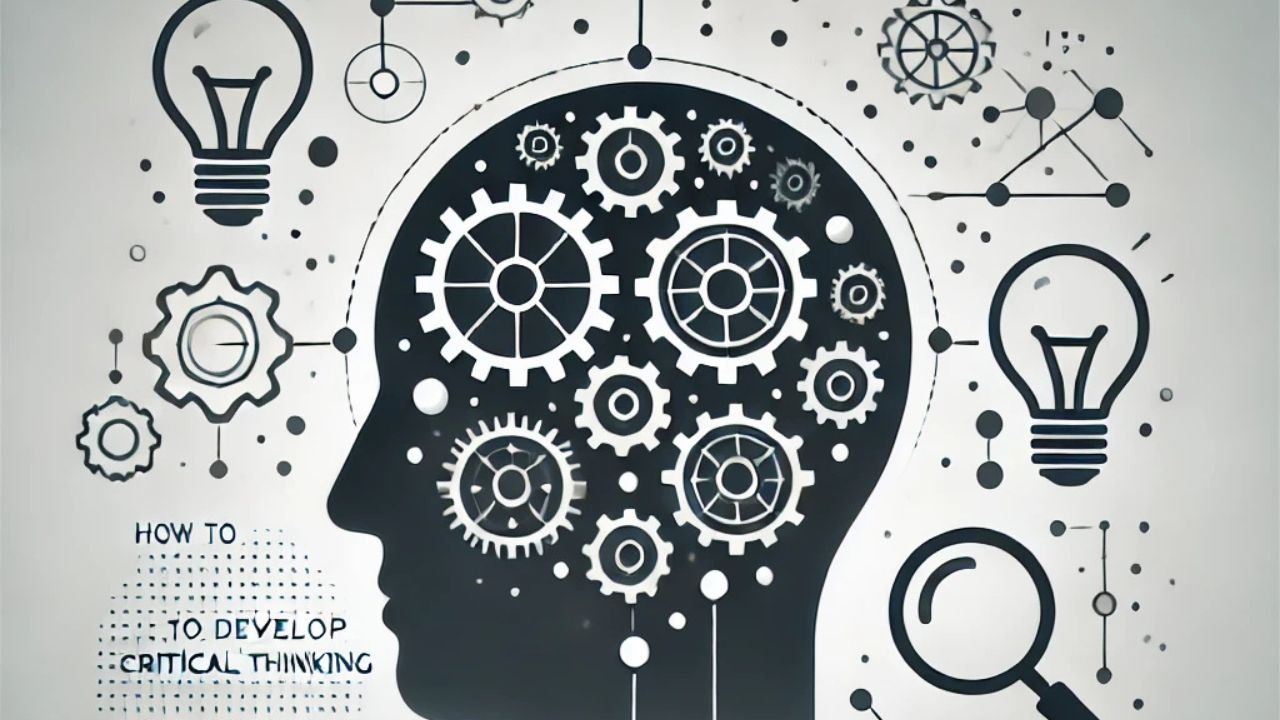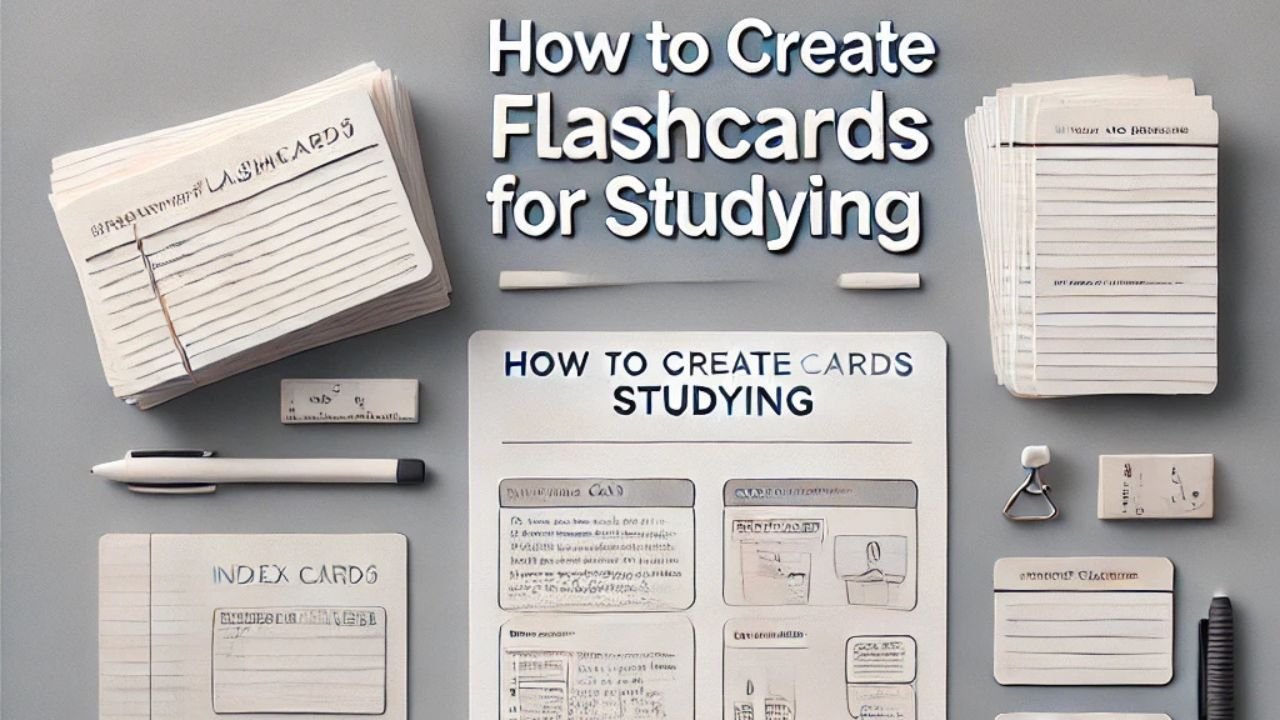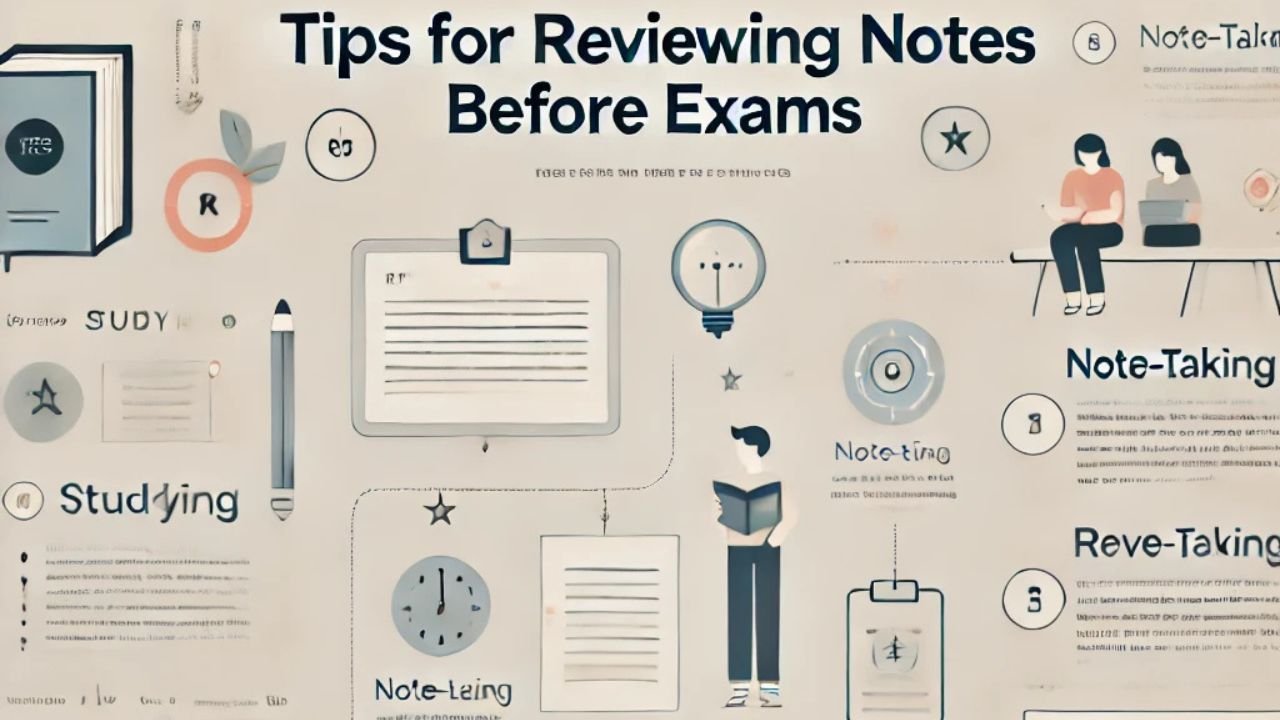Best Study Techniques for Memorizing
Whether you’re a student ready to ace your exams or working on professional training to learn new skills, memorization is necessary to understand and retain information. The best way to memorize is to use the best study techniques. This article will look at ways to help you improve your memory or remember important information.
- Better Retention: Active Recall
Active recall is one of the best study techniques for memorizing information. This is the method of using this material: testing yourself on it rather than passively reviewing it. This is because as you learn the information, you strengthen the neural structures surrounding that knowledge, so it’s easier to recall later on. Studies have shown that active recall is much more effective than merely turning over notes or highlighting text. Engaging your memory is best done by quizzing yourself regularly or with flashcards. The more you try to remember something, the more likely it will stay in your memory.

- How Spaced Repetition Increases Long Term Memory
Spaced repetition is another highly effective study technique for memorizing. This one is to review material with increasing time intervals. Cramming all info in one study session impairs long-term memory because this forces your brain to work for too long while only retaining enough info to know, ‘I studied for this exam.’ Scraped repetition also leverages the brain’s capability to rehearse memories across the long haul in case they are presented now and again. Take, for instance, what I do with large amounts of information to memorize without feeling bitter. I use a spaced repetition system, but it’s a digital app, a set of flashcards.
- Visualization to Enhance Memory
Visualization is another powerful study technique. Memorizing information is a lot easier when you make it easier for the brain to remember specific information by associating it with vivid images or mental pictures. The fact that visualization works is that visual memory is more vital than verbal memory in the brain. Take, for instance, remembering a list of items. When you are trying to remember that list, picture each element of the list in detail and memorable. Sometimes, the best study techniques for memorizing involve using visual aids–mind maps, charts, and even diagrams. By combining these tools, you are able to see the relationship of the concepts, and thus, it will be more familiar to store and retrieve the information.
- How to Chunk Information So You Can Memorize It Easier
Chunking is a study technique that breaks up large amounts of information into smaller manageable pieces, or “chunks.” Specifically, it works best if the material is complex or longer. For example, you can better remember if you attempt to place a lengthy string of numbers by grouping them into smaller samples. This approach can be used in different subjects, such as learning languages, memorizing historical dates, etc. Organizing your information in chunks helps your brain categorize and store information more efficiently. Chunking is one of the best study techniques for learning, as it helps significantly with retention.
- Mnemonic Devices for Rapid Recall
Memory aids, called mnemonic devices, are ways of reminding yourself what you need to remember using a familiar word, phrase or pattern. These devices are generally considered the best study tools to learn and remember challenging or abstract concepts. The first word of each in a list may be combined to create a memorable word or phrase using one mnemonic technique known as creating acronyms. Another one is using rhymes or songs to make information more memorable. Using mnemonics means tapping into this brain pattern and association memory to quickly recall information.
- Reinforce Learning Teach Someone Else to Reinforce Learning
Memorizing and teaching others are two of the best ‘study’ techniques for thoroughly understanding the material. When you teach a concept, your understanding is dovetailing, sharpening the idea, and identifying gaps in your knowledge. This technique works since it comes with active recall and passes the information into your memory. Teaching solidifies the idea in your brain, whether teaching your friend a complex concept or simply summarizing critical points to yourself as you look through your notes. This method is helpful to all learners and can increase memory retention.
- Application of Contextual learning
Contextual learning is the study technique of relating new information to something you already know. If you place new material in the context of a bigger picture, it’s easier for your brain to form connections and store the information. Contextual learning is the best study technique for memorization because it helps you connect new knowledge with old knowledge. For example, even when learning new vocabulary words, try to use them in sentences with which you are already familiar. This helps the information be anchored (connected to something you already know) and, therefore, easier to remember later.
Conclusion
It doesn’t have to be a daunting task to memorize. You can increase your capacity to store and recall information better by using the best study techniques to learn. Whether through active recall, spaced repetition, visualization, chunking, mnemonic devices, actual teaching, or contextual learning, these tips assist you in better memorizing. For improving memory, however, consistency and practice are essential, so try to include these techniques in your study routine.




